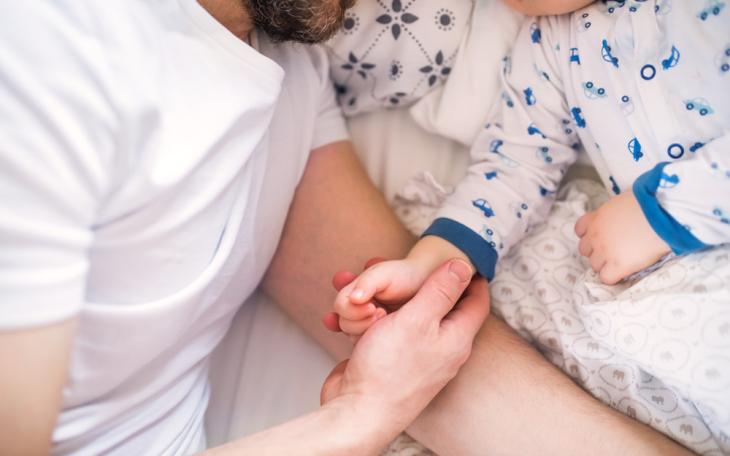If we really want greater equality in the workplace, shared parental leave needs to become the norm

I should probably caveat this piece by acknowledging I have some personal bias. I’ve benefitted hugely from shared parental leave and it was always a given that my husband would take time off to take on the bulk of childcare and spend time with our daughter, all of which made the transition back to work much easier for me.
Shared parental leave was introduced in 2015 and permits parents to share up to 50 weeks’ leave, 37 of which are paid. But despite this being open to all, take up has remained low. Whilst legally no employer can deny an application for it, there is still a sense that a father choosing this option will be viewed negatively by employers and be seen as “career suicide”. This, despite the universally acknowledged necessity to have greater gender parity in workplaces.
It seems that labels such as 'maternity' and 'paternal' have only helped to fuel the gap, where instead the focus should be on 'gender-balanced shared parental leave'. Those countries where both men and women are equally supported in balancing work and family pressures have seen the closure of gender gaps, improved participation of women in the workforce, and women being just as able to access opportunity for promotions and career development as their male counterparts.
But the benefits go beyond this. Evidence shows that the more involved a father is during the first year of a child’s life starts a pattern for later years, resulting in a greater feeling of responsibility and increased family involvement later in life.
Many female friends of mine still feel the need to remove their wedding ring before going into an interview, for fear of being automatically pigeonholed as “just going to go off to have children”. It is astounding that in 2021 this should still be the case. If shared parental leave were more normalised, while companies would lose their male employees for a period of time they would gain the earlier return of their female employees, and not least committed, more engaged staff.
The past year has set women in the workplace back decades. But COVID-19 has also forcibly removed any ‘Chinese wall’ that was previously held between the personal and professional and illustrated the need for the workforce as a whole to be much more agile. Shared parental leave helps drive this flexibility, and rather than being seen as a rarity, the championing of shared parental leave should become the norm.









